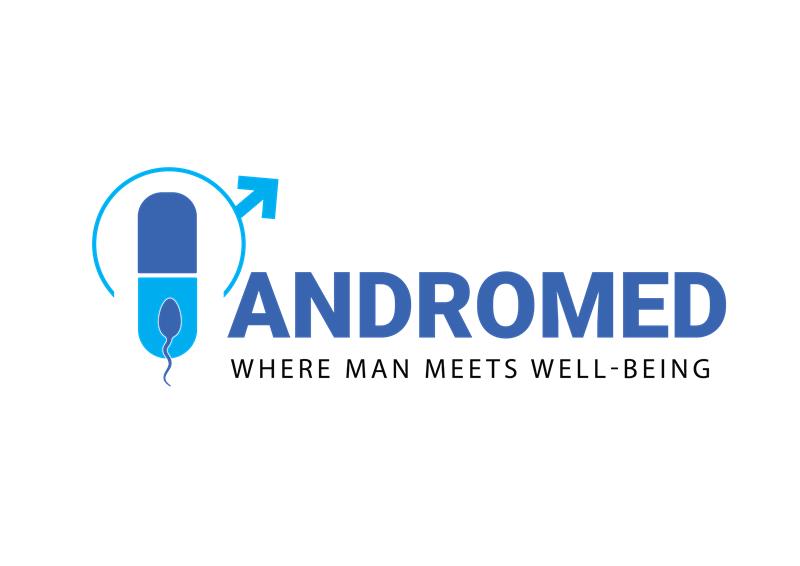BLOG

Sep 23,2025
5 Common Myths About Erectile Dysfunction
Erectile dysfunction (ED) is one of the most widely discussed yet misunderstood conditions affecting men. While millions of men around the world face challenges with sexual performance, social stigma and misinformation often prevent them from seeking help. Misconceptions not only cause unnecessary anxiety but also stop individuals from understanding the true causes and effective treatments available. Addressing these myths with facts is an important step toward improving awareness and encouraging open discussions.
Myth 1: Erectile Dysfunction Happens Only in Older Men
One of the most widespread beliefs is that erectile dysfunction occurs exclusively in older men. While it is true that age can increase the risk due to declining testosterone levels, reduced circulation, or other chronic illnesses, ED is not limited to older age groups. Younger men in their 20s and 30s also experience difficulties with erections, often due to psychological reasons such as stress, anxiety, or performance pressure. Lifestyle habits including smoking, alcohol consumption, lack of exercise, and poor diet also contribute significantly. This shows that ED is not simply a byproduct of aging but rather a condition influenced by multiple health factors.
Myth 2: Erectile Dysfunction Is Always Caused by Psychological Issues
Another common misconception is that ED is solely a mental health issue. While emotional stress, depression, and anxiety can indeed interfere with sexual performance, physical health plays an equally important role. Conditions such as diabetes, high blood pressure, heart disease, and hormonal imbalances are some of the most frequent contributors. Nerve damage, pelvic injuries, or side effects from certain medications also have a direct impact. Therefore, ED should be viewed as a multifactorial condition where both mind and body may play a part. Recognizing this distinction helps men understand that medical evaluation is necessary instead of assuming it is all “in the head.”
Myth 3: Only Men with No Desire Experience Erectile Dysfunction
It is often wrongly assumed that men with ED lack sexual interest or arousal. The truth is that most men struggling with ED still have a healthy sexual desire. The problem lies in the body’s ability to achieve or maintain an erection, not in the lack of libido. This misunderstanding often causes feelings of guilt or relationship strain, as partners may misinterpret ED as a loss of attraction. By understanding that desire and erectile function are not the same, couples can approach the condition with more compassion and cooperation, ultimately leading to better solutions.
Myth 4: Erectile Dysfunction Cannot Be Treated
A damaging myth is the belief that ED is permanent and has no treatment. In reality, erectile dysfunction is one of the most treatable male health concerns. Depending on the underlying cause, management options vary from oral medications and hormone therapy to lifestyle changes and psychological counseling. Advanced treatments such as shockwave therapy, penile implants, and vacuum erection devices are also available for cases that do not respond to conventional methods. The key is early consultation with a urologist or andrologist, who can determine the exact cause and recommend the right approach. This not only restores physical function but also helps improve confidence and quality of life.
Myth 5: Talking About Erectile Dysfunction Is Shameful
Perhaps the most harmful myth is the silence surrounding ED. Many men avoid discussing the issue due to embarrassment or cultural stigma, fearing judgment from partners or medical professionals. Unfortunately, this silence delays diagnosis and treatment, often worsening the problem. ED can sometimes be an early warning sign of more serious health issues like cardiovascular disease or diabetes. Ignoring it out of shame can therefore put overall health at risk. Open conversations with healthcare providers and partners are crucial, as they create space for understanding, support, and timely medical intervention. Breaking the stigma is essential for improving both sexual health and general well-being.
Understanding the Bigger Picture
Erectile dysfunction should not be seen as an isolated issue but as a reflection of overall health. The circulatory, hormonal, and nervous systems all play a role in sexual function, and imbalances in any of these areas can trigger problems. Recognizing myths and replacing them with accurate information empowers men to take action rather than remain in denial. It also encourages healthier lifestyle choices, such as regular exercise, balanced nutrition, adequate sleep, and stress management, all of which support sexual and reproductive health.
Conclusion
Erectile dysfunction is surrounded by myths that often prevent men from getting the right help at the right time. It is not exclusive to older men, not always psychological, and certainly not untreatable. Sexual desire remains intact in most cases, and seeking medical help should never be considered shameful. Understanding the truth behind these misconceptions allows men to take a proactive approach toward their health and well-being. With proper guidance, open communication, and advanced treatments, ED can be effectively managed, helping individuals regain confidence and maintain fulfilling relationships.
Copyright © . Karthikeyan V S. All Rights Reserved.
Powered By: Cortex Media Marketing Pvt Ltd


